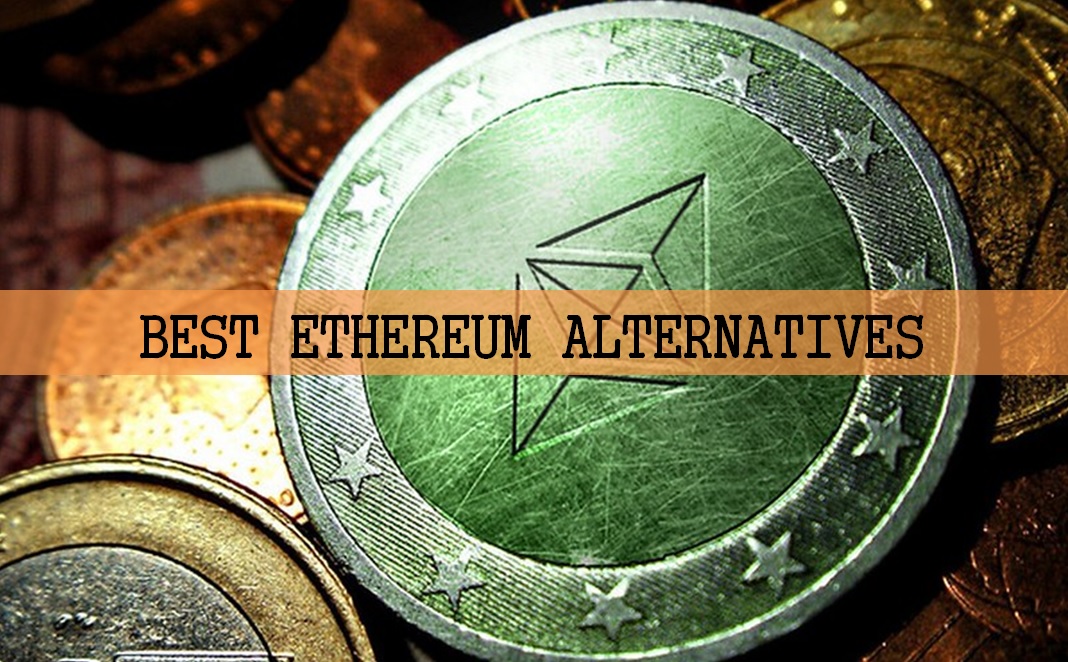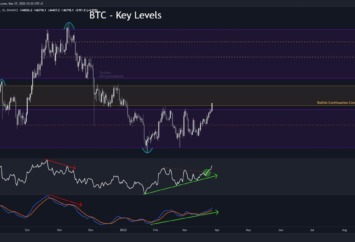
Buterin, a software engineer, posited in 2013 that blockchain, the underlying technology of cryptocurrencies, might be used to enable not only financial transactions but also a wide range of other decentralized applications. Ethereum, the 2nd largest crypto and “global computer,” was built on Buterin’s notion because it eliminates the need for centralized servers to operate apps.
In today’s decentralized apps (dapps), the Ethereum blockchain enables everything from social networking — collectible cards to news to virtual reality gaming. However, Ethereum isn’t a flawless platform because it’s the first of its type. It consumes a lot of energy, moves slowly, and costs a lot to do business with. It also has scalability problems, which means that as the number of Ethereum users grows, so do transactions and applications.
Other blockchains have arisen in the last few years that provide frameworks for transferring monetary value and executing apps while solving Ethereum’s flaws. Keep an eye out for these five Ethereum alternatives with huge promise in the coming years.
1. Free Ton
A million transactions per second are possible with Free TON’s scalable and secure blockchain infrastructure. It is a turn following Telegram’s original aim to transfer its app to its blockchain.
Free TON uses several blockchains to speed up millions of transactions. In addition to government agencies, the network serves business organizations and individual users.
Despite Ethereum, Free TON isn’t centralized. It is backed by a decentralized autonomous organization (DAO), a group of people who utilize smart contracts for voting on project developments.
The TON Crystal is the currency of Free TON. The TON Crystal’s quickness and low transaction costs are two of its most appealing attributes. A transaction fee of less than $0.01 and a coin conversion fee of less than $0.05 will be charged to TON users (swaps). To authorize and record new transactions on its blockchain, Free TON employs the proof-of-stake consensus process, which is far more energy-efficient and environmentally friendly than Ethereum and Bitcoin’s compute-heavy proof-of-work consensus.
2. Cosmos
The goal of Cosmos is to create a “blockchain internet.” A cluster of blockchains that can live and interoperate is the goal of Cosmos. With Cosmos’ simplified approach, developers may quickly build their blockchains. Ethermint is an Ethereum clone that not only enables smart contracts and decentralized applications (dapps), but it is also backward-compatible with the actual Ethereum.
The Cosmos network’s native coin is ATOM. They allow their owners to stake & validate blocks as well as cast votes and pay transaction fees.
3. Polkadot
The “ledger of blockchains” is Polkadot, a multi-chain matrix that connects numerous blockchains. By providing a framework, it makes it easier for developers to build decentralized applications (dapps) and smart contracts for a variety of different blockchains and cryptocurrencies.
Polkadot’s cryptocurrency is called DOT. Beyond the monetary value, DOT holders can vote on proposed code modifications, and if a consensus is established, the changes are implemented across the network. DOT, like Free TON, verifies and approves new transactions using the proof-of-stake consensus process.
Polkadot has risen to the top ten cryptocurrencies since its inception in 2020, with a market worth of over $40 billion and a 24-hour trading volume of $14 million. More than 430 projects are already hosted on the Polkadot multi-chain, and new ones are being added daily. While still new, it has received support and is listed on multiple prominent exchanges. Additionally, Polkastarter, a decentralized trading platform, is hosted by Polkadot.
4. Cardano
Cardano, like Ethereum, is a blockchain designed for decentralized use. Cardano’s speed and scalability are two of its strongest suits.
Cardano is being developed by IOHK, the Cardano Foundation, and EMURGO, three separate entities. It’s IOHK’s dedication to a scientific methodology that sets it distinct from other new blockchain teams. IOHK is conducting the bulk of the development work. Peer review and vetting of platform upgrades are a priority for IOHK, which collaborates with academic experts from across the world. Charles Hoskinson is a co-creator of Ethereum and a Cardano founder.
Already, in the banking, identification, retail, and supply chain industries, Cardano’s blockchain has developed several strong applications that can be relied on.
As for Cardano’s currency, ADA uses the proof-of-stake consensus mechanism and is now ranked amongst the top 20 most valuable digital coins.
5. EOS
On January 24, 2019, a new cryptocurrency called EOS went live in competition with Ethereum. EOS’s proponents and developers promote it as “Ethereum for big business,” claiming that it will overcome the scalability and usability issues that developers experience when creating apps on top of the Ethereum network.
Dapps & smart contracts are both supported by EOS, just as they are on Ethereum. In terms of transaction speed, the blockchain beats Ethereum hands down.
Block. One is the business that owns EOS. Daniel Larimer, a veteran of earlier blockchain projects and a rumored early contact with bitcoin’s creator, Satoshi Nakamoto, is one of the project’s creators.
The EOS Token is EOS’s cryptocurrency. It’s used to transact on EOS. It’s one of the top 20 most valued cryptocurrencies right now, according to CoinMarketCap. Dapps & smart contracts running on the EOS network are managed and controlled by EOS.IO, the operating system for the EOS blockchain itself. EOS Tokens are required for developers to leverage network resources and execute blockchain applications. Due to its high transaction rate support (10,001–100,000 per second), EOS appears to be a good choice for large-scale organizations.
By selecting a small number of voters to keep the EOS blockchain up to date and maintain transactions, EOS implements the “delegated proof-of-stake” consensus process.




